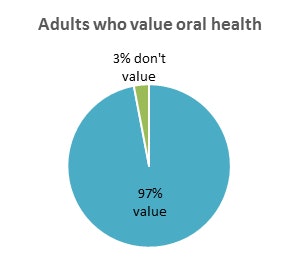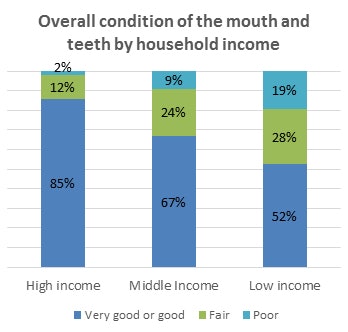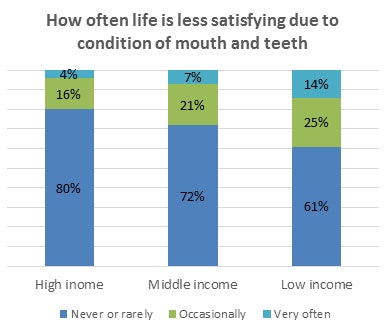
The ADA Health Policy Institute (HPI) has released the findings of a new survey that focuses on how oral health impacts quality of life. The inaugural report found that nearly all U.S. adults value oral health, but only 37% actually visit the dentist annually.
 Marko Vujicic, PhD, chief economist and vice president of the ADA Health Policy Institute. Image courtesy of the ADA.
Marko Vujicic, PhD, chief economist and vice president of the ADA Health Policy Institute. Image courtesy of the ADA.The survey, "Oral Health and Well-Being in the United States," was created to gather subjective data, which are often missing from other analyses, according to Marko Vujicic, PhD, chief economist and vice president of the HPI. Vujicic hopes the new survey will help policymakers realize the value of oral healthcare.
"We're not measuring anything objective here," Vujicic said in a webinar about the survey results. "We're looking at purely subjective measures that go beyond disease incidence and severity, and looking at how your mouth and teeth are affecting your life in ways that have not really been measured before."
Survey results
The survey included nearly 15,000 people ages 19 and older in the final sample. The researchers chose to focus solely on adults, because adult dental care is not required for Medicaid programs and often varies by state.
"We feel this is pretty compelling evidence that we may want to reconsider the separation of mouth and body in state and federal healthcare policy," Vujicic said. "The policy for healthcare for children is very different than the policy approach for healthcare for adults."
The survey found nearly all U.S. adults value their oral health and agree that regular dental visits are important. However, 63% of respondents didn't visit the dentist within the past year.

For adults who didn't visit the dentist, cost was the most cited reason, regardless of respondents' household income, age, or type of insurance. Fear of the dentist was the second most common reason.
The survey also found poor oral health dramatically impacts quality of life for many low-income adults. Oral health pain was the top issue facing that demographic. Low-income adults were also more likely to report that their mouth and teeth were in poor overall condition, as well as more likely to feel less satisfied because of their mouth and teeth.

"A common theme throughout this is the sharp income gradients," Vujicic explained, pointing to the noticeable downward percentage shift in quality of life from high-income to low-income adults.

Building on the report
“This is a starting point that we hope others can build on.”
Vujicic hopes policymakers and others will use the data for their own analyses and comparison. The Health Policy Institute kept the survey intentionally simple so the questions could be easily implemented in other health and well-being reports, he said.
The HPI's strategy also included gathering detailed data at the state level, so that local policymakers can reference the material for more specific information. This is especially important because the data often vary by state. For example, high-income adults from Vermont cited inconvenient location or time, rather than cost, as the top reason for not visiting a dentist.
"By no means does the HPI feel this is the final word or some kind of a gold standard," Vujicic said. "This is a starting point that we hope others can build on."



















